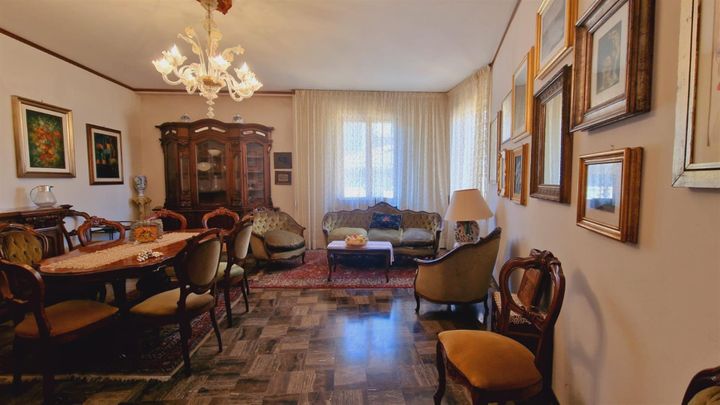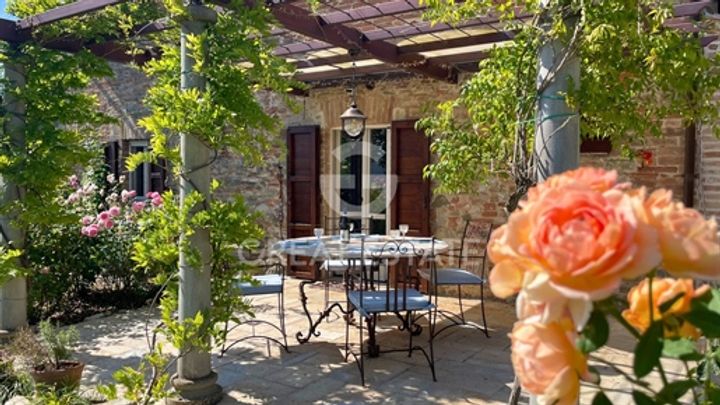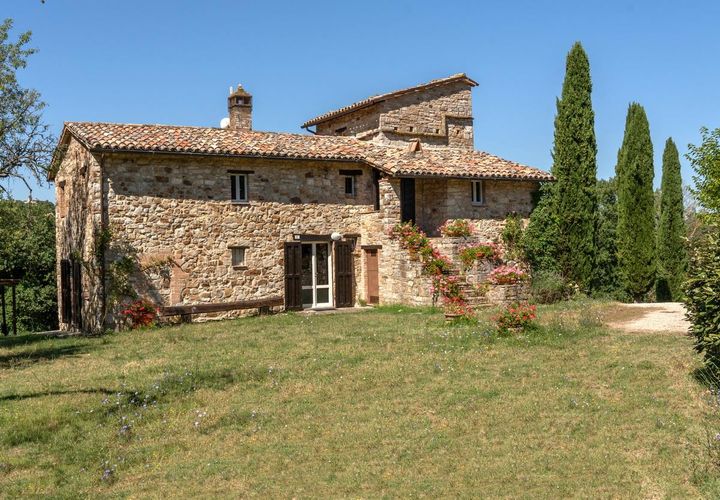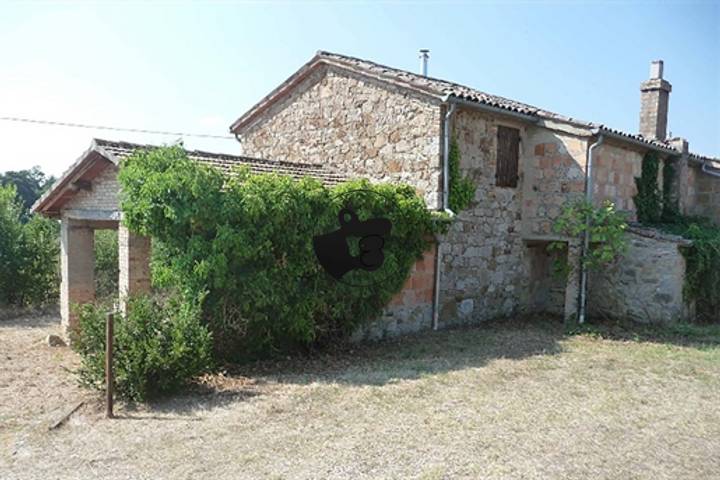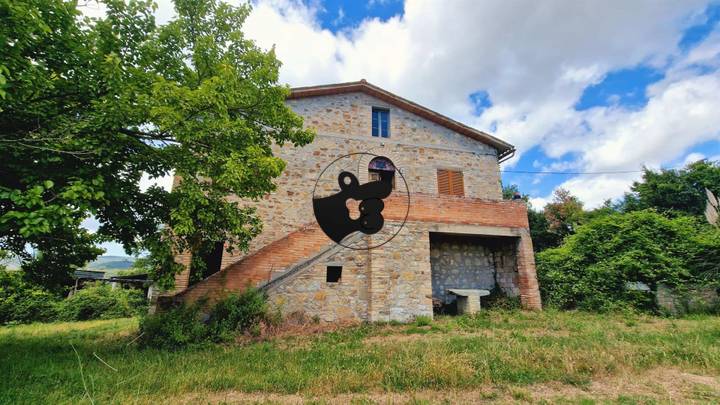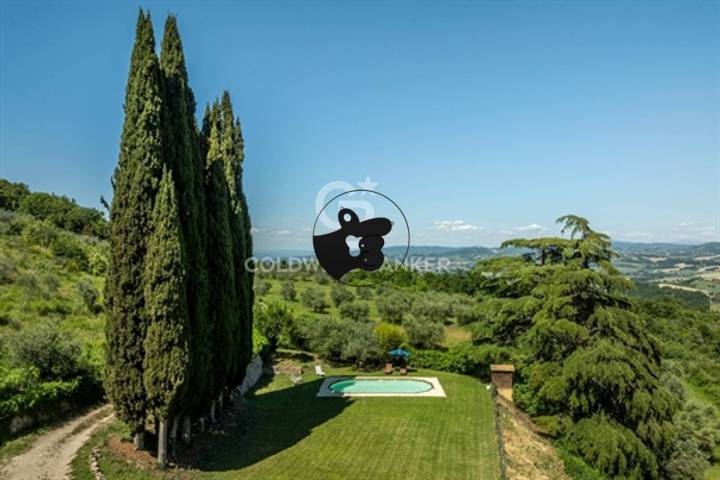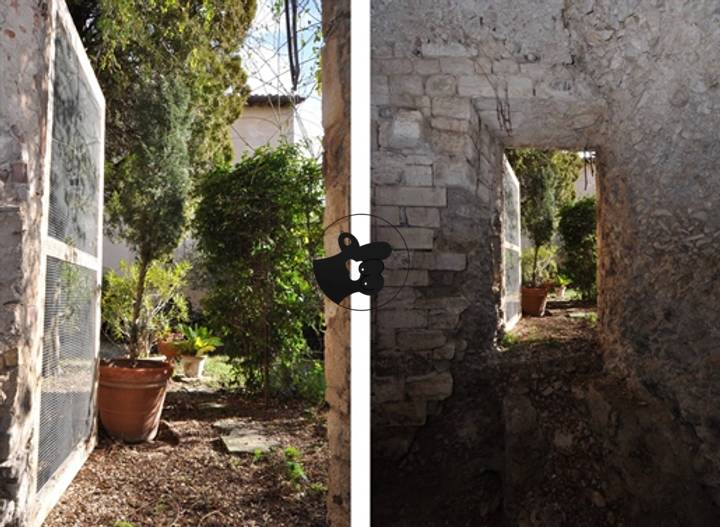Several factors influence real estate prices in Todi, a picturesque town in the Umbria region of Italy. The town's rich historical heritage significantly impacts property values; homes with architectural features dating back to the medieval period tend to command higher prices due to their uniqueness and historical significance. Additionally, Todi’s location plays a crucial role; its proximity to larger cities like Perugia and the accessibility to regional transportation networks make it appealing to both local and foreign buyers. The local economy, primarily driven by tourism and agriculture, also affects real estate prices; a thriving tourism sector can bolster demand for rental properties. Furthermore, seasonal fluctuations in demand, particularly during the summer months when Todi attracts numerous tourists, can lead to temporary increases in property prices. Lastly, factors like the condition of the property, amenities available, and the overall appeal of the neighborhood can also greatly influence market values.
Todi
Location
Price Range
Any price
Price Range
Minimum
No min
Maximum
No max
Property type
Show all
Property type
Show all
House
Apartment
Building
Other
Bedrooms
Any beds
Bedrooms
Minimum
No min
Maximum
No max
Surface Range
Any surface
Surface Range
Minimum
No min
Maximum
No max
Sale type
For sale
Sale type
Show all
To rent
For sale
Location
Apartments and houses for sale in Todi
10 results
Recent
Todi insights
| Aspect | Summary |
|---|---|
| Population | 17,000 |
| Average Property Price | €2,500 per square meter |
| Rental Yield | 4.5% |
| Average Rent | €800 per month |
| Occupancy Rate | 75% |
| Capital Growth Rate | 2.5% annually |
| Property Tax | 1.2% of property value |
| Transaction Costs | 7-9% of property value |
| Expected ROI | 6.5% annually |
| Economic Growth Impact | Moderate, driven by tourism and local artisanal markets |
Todi FAQ
What factors influence real estate prices in Todi?
How have real estate prices in Todi changed over the last few years?
Real estate prices in Todi have experienced notable fluctuations over the past few years, reflecting broader trends in the Italian market as well as local factors. From 2018 to 2020, property prices saw a gradual decline, influenced by economic uncertainties and a slightly oversaturated market. However, starting in 2021, Todi began to attract more interest due to its picturesque landscapes and historical charm, resulting in a rise in demand, particularly for vacation homes and investment properties. This upward trend was especially pronounced in the luxury segment, where high-end villas saw price increases of up to 15% in some areas, such as the surrounding countryside. The COVID-19 pandemic further accelerated this trend, with many buyers seeking residences in less densely populated areas, pushing prices for rural properties upwards. As of 2023, average prices for homes in Todi range from €1,500 to €2,500 per square meter, depending on location and condition, reflecting a competitive market with a mix of local residents and foreign buyers looking for retreats.
What is the average price per square meter for homes in Todi?
The average price per square meter for homes in Todi fluctuates depending on the location and characteristics of the property. As of late 2023, prices generally range from €1,500 to €2,500 per square meter. In the historical center, where properties often feature classic architecture and proximity to cultural landmarks, prices can rise significantly, sometimes reaching up to €3,000 per square meter. In contrast, homes on the outskirts or in the surrounding countryside tend to offer more competitive pricing, often around €1,200 to €1,800 per square meter. For example, a restored apartment in a historic palazzo might command €2,800 per square meter, while a newer construction in a more suburban area could be priced closer to €1,600 per square meter. Additionally, luxury villas with expansive land and views of the countryside may see prices exceeding €3,500 per square meter. These variations underscore the diverse real estate landscape in Todi.
Are there specific neighborhoods in Todi where prices are higher or lower?
In Todi, neighborhood pricing varies significantly, reflecting the area's charm and amenities. The historic center, characterized by its medieval architecture and vibrant piazzas, tends to have higher real estate prices due to its proximity to cultural landmarks like the Tempio di Santa Maria della Consolazione and the picturesque views from its hills. Areas like Via Roma often see elevated costs for both rentals and property purchases. Conversely, neighborhoods on the outskirts, such as those near the local wineries or the countryside, generally offer more affordable housing options, appealing to those seeking quieter surroundings and larger properties. For instance, properties in the area known as Collevalenza, while still maintaining a scenic ambiance, are typically priced lower than those in the bustling heart of Todi. The variation in pricing can also be attributed to the accessibility of amenities and public services, with neighborhoods closer to schools and shops commanding a premium.
How do seasonal trends affect real estate prices in Todi?
Seasonal trends significantly impact real estate prices in Todi, as the picturesque town attracts a notable influx of tourists during the warmer months, particularly from late spring through early fall. The demand for vacation homes tends to rise during this period, driving up property values as buyers seek out charming villas and historic residences. For example, properties with views of the Umbrian countryside or those located near popular attractions, such as the Piazza del Popolo, may experience price spikes due to increased competition among potential buyers and investors. Conversely, during the off-peak winter months, there tends to be a slowdown in transactions and a reduction in prices as fewer tourists visit, leading to a more stable market where prices may stabilize or even decline slightly. Additionally, local festivals and events, such as the Todi Festival in late summer, can create temporary surges in demand, further influencing the short-term pricing dynamics within the real estate market. These fluctuations highlight the seasonal patterns that characterize Todi's real estate landscape.
What amenities or features can increase property prices in Todi?
In Todi, property prices can be significantly influenced by various amenities and features. Proximity to historical sites, such as the stunning Cathedral of S. Fortunato or the Palazzo del Capitano, adds considerable value, as many buyers are drawn to the allure of living near rich cultural heritage. Properties with panoramic views of the Umbrian countryside or direct access to outdoor spaces like gardens or terraces that capitalize on Todi’s scenic beauty also tend to command higher prices. Modern upgrades, including energy-efficient systems and smart home technology, appeal to buyers seeking convenience and sustainability. Additionally, having access to local amenities, such as high-quality restaurants, artisanal shops, and walking paths along the town's medieval walls, enhances desirability. Features like private parking or a garage are also crucial, given the narrow streets in Todi, making such properties more sought-after.
What is the outlook for real estate prices in Todi in the coming years?
The outlook for real estate prices in Todi, a picturesque medieval town in Italy's Umbria region, appears stable over the coming years, driven by several key factors. The area's historical charm and scenic rural landscape continue to attract both domestic and international buyers, particularly retirees seeking a tranquil lifestyle. Property values have seen a modest increase in recent years, with average prices for restored historic homes hovering around €1,500 to €3,000 per square meter. Additionally, Todi's appeal as a tourist destination boosts investment in short-term rental properties, further supporting demand. The local government has also implemented infrastructure improvements, enhancing accessibility to larger cities like Perugia and Rome, which may positively influence property desirability and price stability. Notably, luxury properties with panoramic views are commanding premium prices, indicating a niche market that remains robust amidst economic fluctuations.


